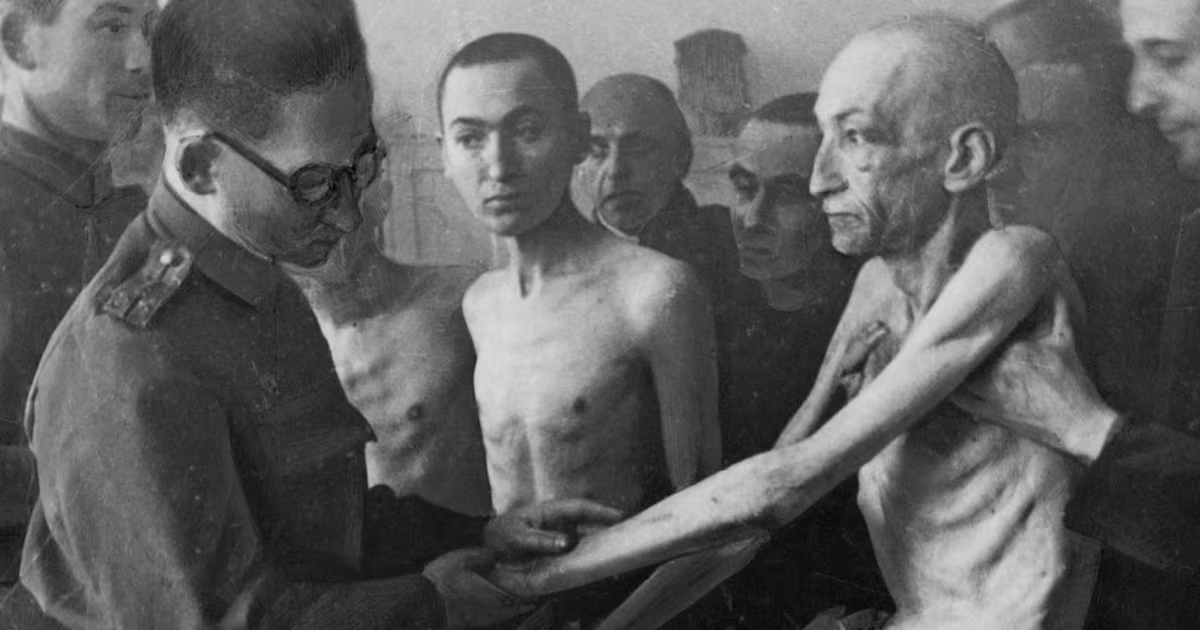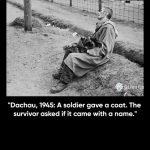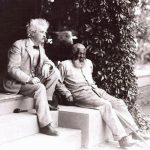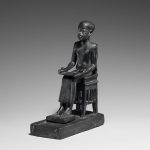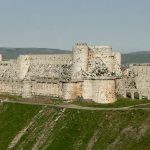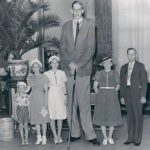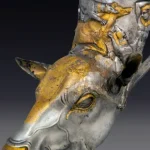The Unseen Wounds of Liberation: The Story of Ivan Dudnik
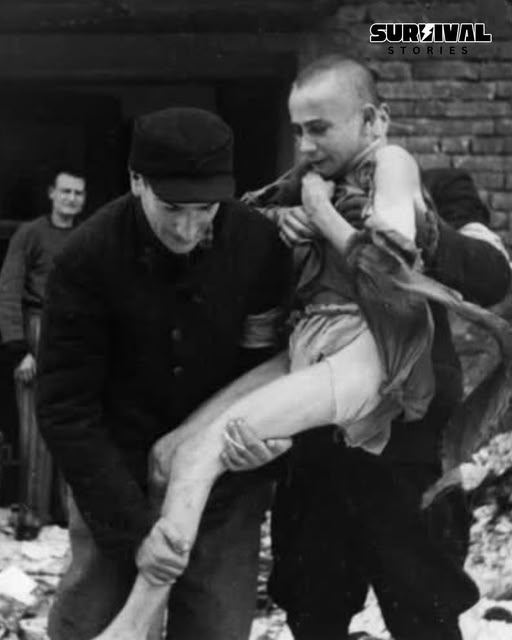
The Unseen Wounds of Liberation: The Story of Ivan Dudnik
When Soviet forces liberated Auschwitz in 1945, among the frail survivors was a 15-year-old Russian boy named Ivan Dudnik. His rescue from the Nazi concentration camp marked the end of one nightmare — but the beginning of another. Captured and imprisoned by the Nazis at a young age, Ivan had endured years of starvation, forced labor, and the daily terror of death that surrounded him. He witnessed atrocities that no child should ever see, and the horrors he lived through left scars too deep to heal.
Freedom, for Ivan, did not bring peace. Though the physical chains of Auschwitz were broken, the psychological ones remained. The trauma of the camp lingered in every memory, every sound, and every dream. The cries of the dying, the smell of burning flesh, and the endless hunger haunted him long after the war had ended. For Ivan, survival did not mean recovery — it meant living with the unbearable weight of remembrance.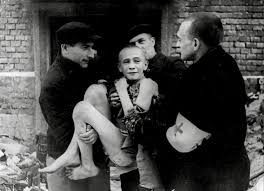
In the years following liberation, Ivan struggled to reintegrate into society. The world around him had changed, yet the shadows of Auschwitz never left his mind. Despite the efforts of doctors and caretakers, his emotional wounds deepened. The horrors he had witnessed consumed him from within, until his pain became too heavy to bear alone.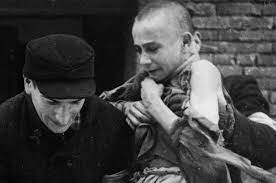
Ivan spent the rest of his life in institutional care, his story largely forgotten except by those who understood the cost of survival. His fate stands as a tragic reminder that liberation is not always synonymous with freedom — that the human soul, once broken by cruelty, may never fully mend.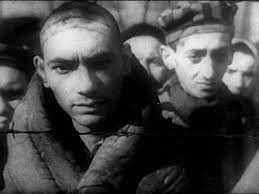
Ivan Dudnik’s story embodies the silent suffering of countless survivors whose battles continued long after the camps were liberated. It reminds us that the Holocaust’s legacy is not only written in history books but also in the invisible wounds carried by those who lived through it.